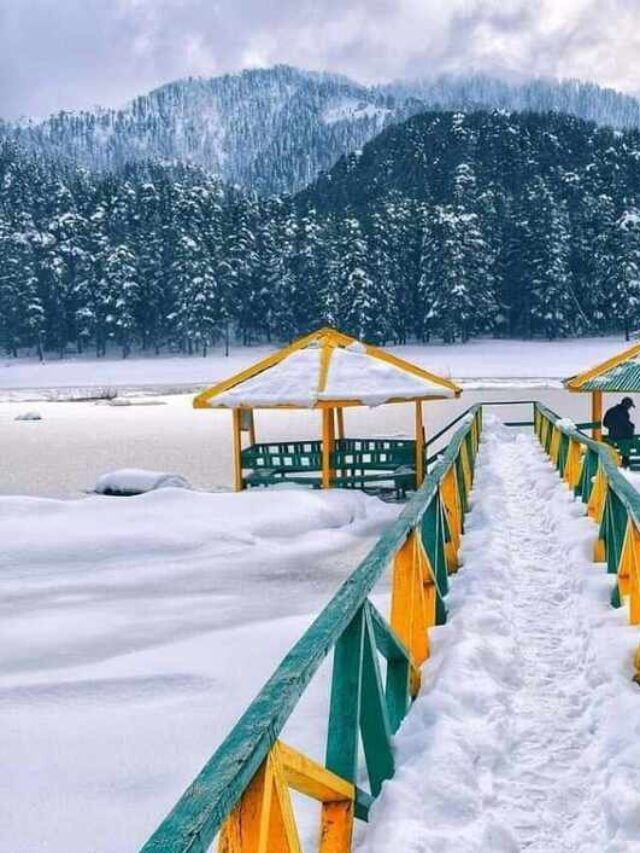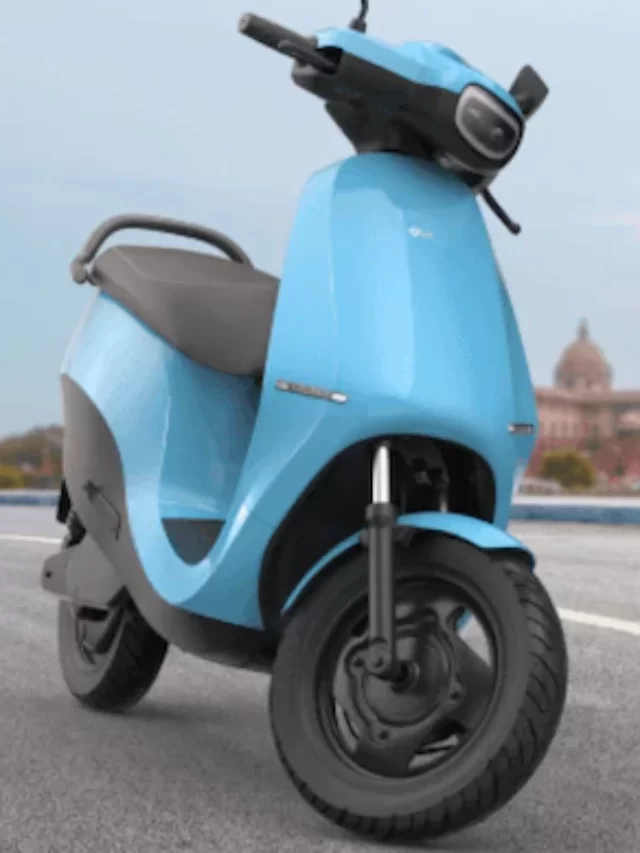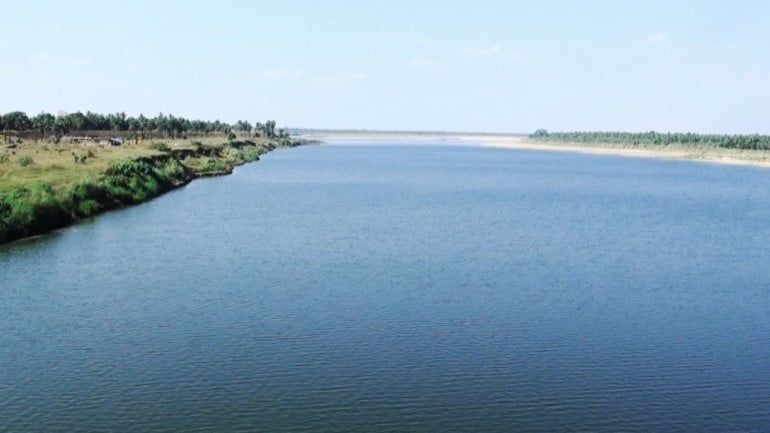Since the dawn of civilization, rivers have played a huge role in the growth of the economy and society. If we delve into the past and look for ancient civilizations, we would find out that all civilisations were built on the banks of rivers. To date, rivers continue to positively affect the growth of our economy and society. Being an agro-based economy, India depends majorly on its rivers for crop production. Apart from agriculture, other industries also depend on Indian rivers for their production and manufacturing processes. Today we are here to discuss the list of largest rivers in India along with the contributions to the growth and development of our nation, these India’s largest rivers have. We will also discuss the tips to prevent their pollution and degradation. Read below about the largest rivers of India.
World Rivers Day – 26th September
Rivers play a significant role in our lives. Starting from cheap transportation alternatives to fisheries and electricity production, our rivers are our largest assets. Nearly every country has at least one river flowing through it. To remind people of the importance of rivers in our daily lives, World Rivers Day is celebrated every year on the fourth Sunday of September month.
This year, World Rivers Day falls on the 26th of September, Monday. The prime aim of this day is to educate people about the importance of rivers and urge them to take small steps towards protecting and preserving our natural wealth. But, what is the history of World Rivers Day? How was it initiated in the first place?

The concept behind celebrating World Rivers Day was introduced in the year 2005. The United Nations launched the ‘Water for Life’ decade with the motto to aware and educate people about the need to preserve and conserve water resources and take a step toward sustainable development. Ultimately, this initiative manifested in its full form through the celebration of World Rivers Day. Mark Angelo, a renowned river advocate, was the person behind this initiative.
Indian Rivers – Rich And Valuable Assets
The charismatic beauty and alluring charm of India are unparalleled. India has been blessed with beautiful nature, whether it is our rich flora and fauna or the calming and blissful water bodies. Apart from serving in the growth and development of our nation, Indian rivers are also worshipped for their sacredness.
Indian rivers are generally classified in two groups – The Himalayan rivers and the Peninsular rivers. As the name suggests, the origin of the Himalayan rivers can be traced back to the mighty Himalayas. On the contrary, the peninsular rivers have originated out of the Peninsula. The river system of India is made up of seven major rivers and their tributaries.
List Of Largest Rivers In India
1. Ganga
River Ganga tops the list of largest rivers in India. One of the important Indian rivers name, Ganga is also considered a holy river for the Hindus. The origins of the river Ganga, one of the largest rivers in India, can be traced back to the Gangotri glaciers of the mighty Himalayas. Ganga covers a total length of 2,525 km and meets the Bay of Bengal on its way downwards. Also known as Bhagirathi, river Ganga has recorded its name as having the largest delta in the world, the Sunderbans in West Bengal.
2. Yamuna
Similar to the Ganges, the Yamuna river also finds its origins in the Yamunotris of the Great Himalayas. Travelling all the way through Uttarakhand to Allahabad, Yamuna merges with the holy Ganga river at Triveni in Allahabad, which is now a great destination for pilgrimage. One of India’s largest rivers, the Yamuna has a total length of 1376 km. The mesmerizing Taj Mahal is built on the banks of the Yamuna river in Agra.
3. Brahmaputra
Another major Indian rivers name is the river Brahmaputra. Originating from the Angsi glacier in the Himalayas, the Brahmaputra covers a length of about 2900 km. It flows through Tibet, Bangladesh, and India and ultimately reaches the Bay of Bengal and merges with it. One of the largest rivers of India, Brahmaputra is known by different names in different regions such as Yarlung Tsangpo River in Tibet, Lohit in India, and so on.
4. Indus
Another on the list of largest rivers in India is Indus river. Bearing the evidence of Indus Valley Civilisation, the river Indus is considered one of the sacred rivers in Hindu scriptures. The total length of the river is 3,180 km which flows all the way from Tibet to India and Pakistan.
5. Sutlej
Also popularly known as Satadree, river Sutlej is known as one of India’s largest rivers. Originating at an altitude of about 15,000 feet and covering a total length of approximately 1,550 km, the Sutlej river is utilised for power generation in the state of Himachal Pradesh.
6. Godavari
Originating near Trimbakeshwar in Nashik, Maharashtra, the river Godavari is one of the major Indian rivers name, as it is an important water source for irrigation of farmlands. Covering a total length of 1,450 km, the river Godavari flows through Andhra Pradesh, Telangana, Chattisgarh, Madhya Pradesh, Odisha and Karnataka.
7. Narmada
Another among the list of largest rivers in India, Narmada, finds its origin in the city of Amarkantak in Madhya Pradesh. The total length of river Narmada is about 1,290 km which runs through Gujarat and Maharashtra.
Also Read- The Modern-Day Seven Seas And Oceans In The World
8. Krishna
Counted third in the list of largest rivers of India during the spring, the river Krishna originates from the Western Ghats in Mahabaleshwar, Maharashtra. Running through Karnataka, Andhra Pradesh and Telangana. River Krishna is also considered one of the holy rivers for the Hindu community. The total length of the Krishna river is about 1,290 km.
9. Mahanadi
The name Mahanadi has its origins in Sanskrit. In Sanskrit, ‘Maha’ means great and ‘nadi’ means river. The origin of Mahanadi, a seasonal river in the Indian subcontinent, is still unknown but people believe that it originated due to the divine powers of God. With a total length of about 890 km, the river Mahanadi flows through the states of Odisha and Chhattisgarh and plays an important role in the economic growth of these states.
10. Bhima
River Bhima also includes itself in the list of India’s largest rivers. The name Bhima is derived from the epic Mahabharata. According to mythology, the name ‘Bhima’ was taken from one of the Pandava brothers, Bhim. Originating in Maharashtra, the river Bhima flows towards the South, to Karnataka and Telangana. Covering a total length of 861 km, Bhima is an important water resource for irrigation purposes.
11. Brahmani
Another on the list of largest rivers in India is Brahmani. It is one of the largest seasonal rivers of India, Brahmani is believed to have originated from the birthplace of Rishi Ved Vyasa, who is credited with the creation of the epic Mahabharata. The total length covered by the Brahmani river is about 799 km which flows through the state of Odisha and other adjoining areas.
12. Sone
Similar to the Narmada river, the origin of the Sone river can also be traced to the city of Amarkantak in Madhya Pradesh. Covering a total length of 784 km, river Sone flows through the states of Bihar, Jharkhand, and Uttar Pradesh.
13. Kaveri
One of the largest rivers in India, Kaveri, is also known as Cauvery by many Indian people. With a total length of about 800 km, the river Kaveri flows in the states of Southern India. The largest dam in the Kaveri River, Krishna Raja Sagara Dam, is built in the state of Karnataka.
14. Tapti
Originating from Betul district in Madhya Pradesh, the Tapti river flows into central India. Covering a total length of about 724 km, river Tapti was used in the past as an important port for the purpose of international trade. The second largest reservoir of Gujarat, Vallabh Sagar is built on the Tapti river.
15. Damodar
Popularly known as the Sorrow of Bengal, the Damodar river is counted among the major Indian rivers name. With a length of about 592 km, Damodar flows through the states of West Bengal and Jharkhand. Famous for the Damodar Valley Corporation, the river is also sometimes known as the Ruhr of India.
Care Tips For Rivers
- All of our waste products are washed down the rivers. So, in order to care for and preserve our natural resources, we should always use eco-friendly products that do not deteriorate the water quality of the rivers further.
- We should reduce our energy use. Energy production, whether it is hydropower or thermal power generation, requires a huge amount of water. Thus, to protect our rivers from destruction, we should immediately take steps toward reducing our energy consumption.
- We should cease washing dishes and clothes in rivers. The detergents and soaps used for these purposes contain harmful chemicals that seep into the water, deteriorating the water quality.
- Go all organic! If you are into gardening, adopt organic farm practices. Conventional farming and gardening procedures use harmful chemicals and pesticides that ultimately affect the quality of water. They end up in our river systems which give birth to algae. These algae suck up all the oxygen ultimately killing the marine life following the death of the river.
- It’s high time we stop wasting our valuable water. We should always close the tap when not in use to save our water. Additionally, one can also use alternatives to sprinklers in the garden to reduce water wastage.
- We should also never bathe in the rivers. Nor should we take our domestic animals for clean-ups in the rivers.
- Don’t throw litter, dirt, and sewage in the water.
- Finally, educate others about the importance of water resources and urge them to take small steps towards protecting and preserving our earth’s resources.
Conclusion
Recent reports show us that our rivers are getting contaminated with each passing second. If this rate of contamination continues, the day is not far when we will completely run out of our water resources. So, it is high time we realize our past mistakes and take small steps towards preserving our largest asset. Let’s adopt sustainable practices this year and conserve our water bodies for the next generation.
For more related articles, Visit Discover












